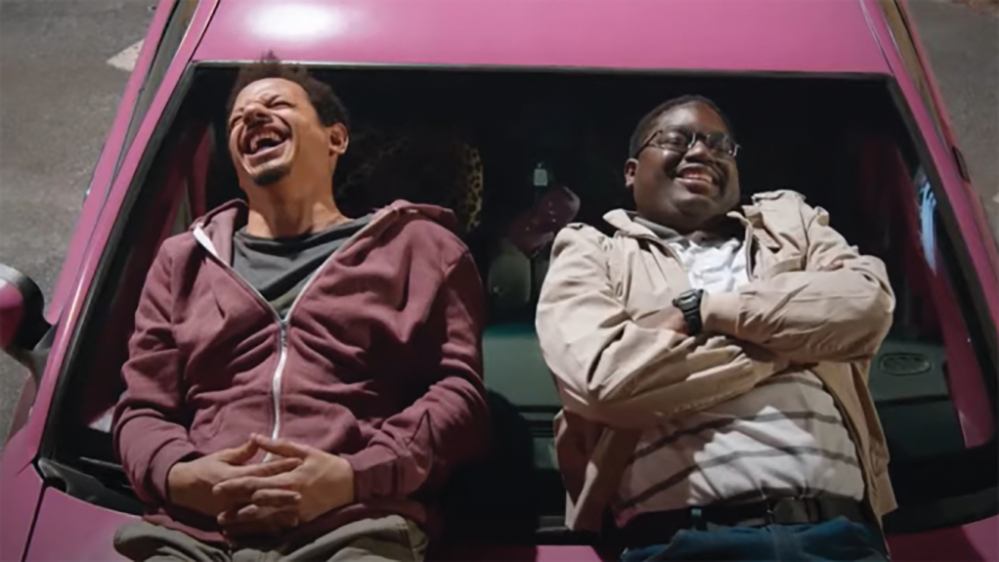
Despite an occasional lack of coherent explanations regarding the characters’ relationships, “Beautiful Boy,” released Oct. 12, captivates viewers with its score, cinematography and unflinching account of drug addiction. Following up on his successful career as a Belgian director and screenwriter, Felix Van Groeningen makes his debut in the English-speaking film arena with “Beautiful Boy,” based on the 2008 best-selling homonymous memoir by David Sheff.
The film starts with writer David Sheff, played by Steve Carell, trying to help his teenage son, Nic, played by Timothée Chalamet, overcome his addiction to crystal methamphetamine. Along with his family, David does his best to liberate Nic from his addiction but realizes the process is more daunting and complicated than any other obstacles he has confronted.
The film does an excellent job of humanizing Nic’s struggles with addiction. Contrary to an optimistic narrative that addiction can be overcome through support from families and sponsors, the film depicts multiple occasions of failure and defeat. This realistic tone enriches the film by showing that addiction is not easy to overcome and that even the most determined recovering addicts can easily fall back into a vicious cycle of drug use.
There is a scene near the end of the film in which Nic desperately calls David to ask for support after being heavily addicted to methamphetamine. Instead of trying to sympathize with his son’s suffering, David sternly tells Nic that he cannot help him anymore because Nic has continuously lied about his addiction to his family. Viewers may think that such an attitude toward one’s son is too brutal, but it also realistically portrays how frustrating it is for David and his family to cope with Nic’s addiction.
The soundtrack of the film also deserves praise, because it helps viewers empathize more deeply with Nic’s and David’s struggles. During times when Nic is coping well with his addiction and his family is feeling thankful, cheerful music permeates the film and conveys the delight felt by the characters. But in scenes when Nic is at his worst, ominous music looms over the film and dominates the viewers with despair.
The film’s music also does a solid job of illustrating for the viewers Nic’s experience with drugs. For example, when Nic tries methamphetamine for the first time in his college dorm room, his voice becomes inaudible and trippy music pervades the theater to convey Nic’s drug-addled state.
The director’s cinematographic choices are also worthy of approval. The film does not develop around a multitude of places but is rather shown through a few select venues with different time frames. This style of cinematography helps convey the effects of drug addiction on Nic and his family by depicting how a place that was once warm and loving can suddenly feel dark and foreboding.
David’s house in San Francisco is a great example of this use of parallel scenes. Before Nic’s addiction and when Nic is excelling in his recovery program, the house seems pleasant and welcoming for Nic. But when Nic is on a downward spiral, his addiction creates a painful aura around the house.
Although the film does outstanding work with its soundtrack, cinematography and realistic representations of drug addiction, its explanation of the characters’ relationships lacks coherence. The film shows only brief scenes hinting at David’s divorce with his ex-wife Vicki, played by Amy Ryan, and does not clarify the reasons for their divorce. Considering that this divorce, which occurred during Nic’s childhood, could have had a significant impact on Nic’s decision to start using drugs, the director should have paid more attention to the development of their breakup rather than leaving viewers to speculate on its impact.
The film’s lack of effective explanations for the characters’ relationships restrains “Beautiful Boy” from being laudable in its entirety. Nevertheless, “Beautiful Boy” is a haunting true story that will leave its viewers moved by its practical portrayal of drug addiction and expert use of background music and cinematography.














